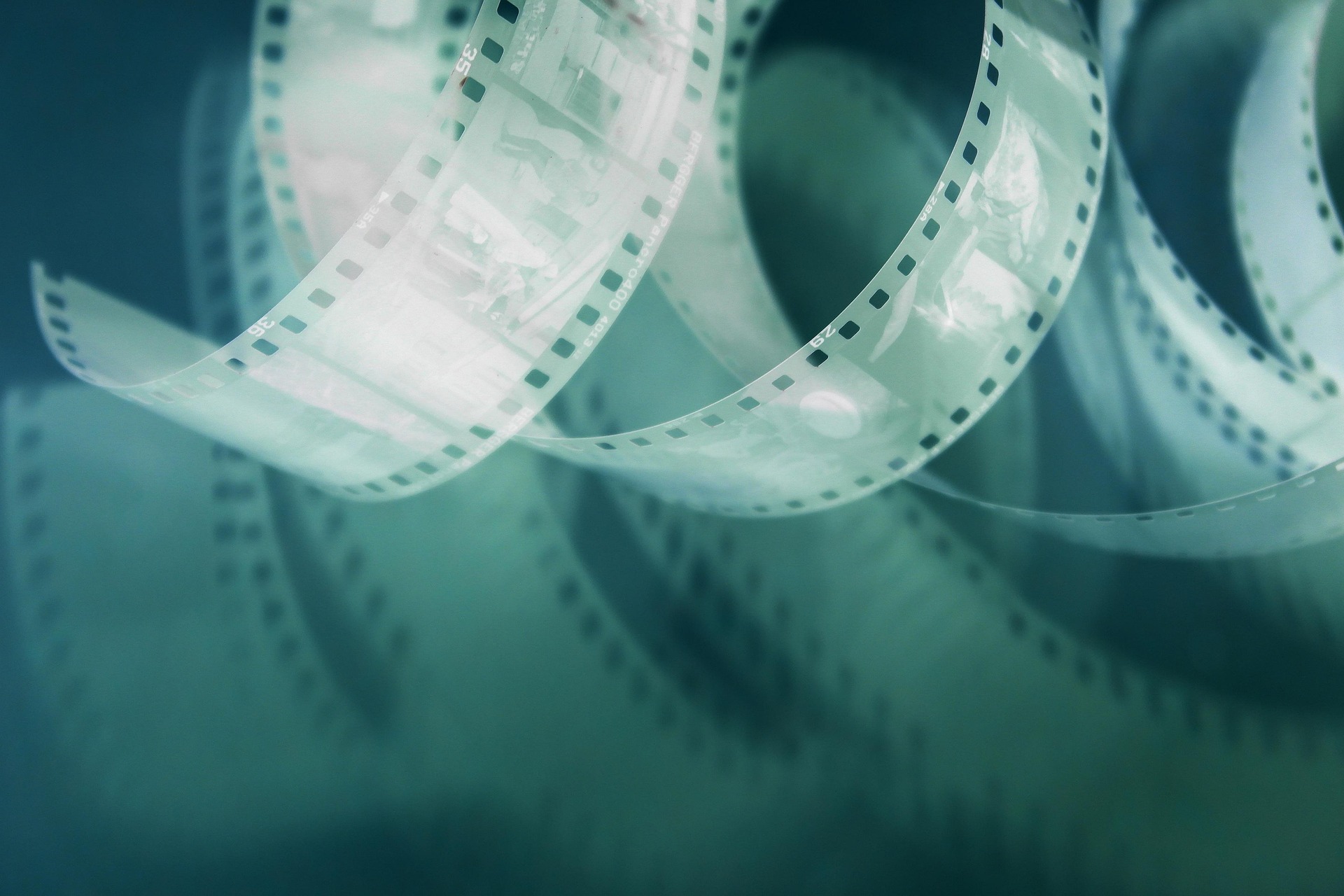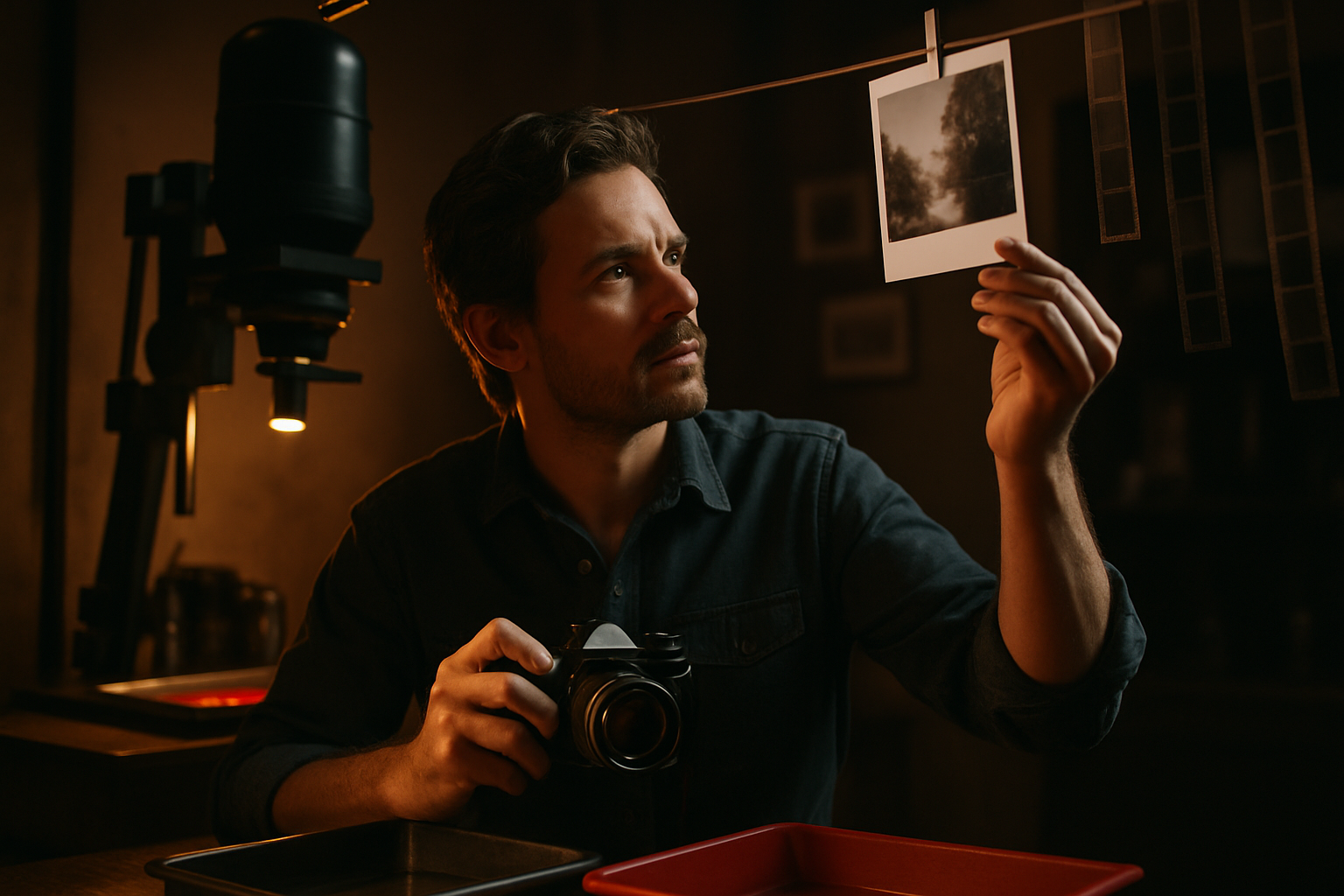Illuminating the Artistry: Cinematic Lighting Techniques and their Evolution
Introduction: Get ready to step into the luminous world of cinematic lighting techniques. As we delve into their history, current trends, and future implications, you'll gain a new appreciation for the subtle art of lighting in film. In the early days of cinema, lighting was purely functional. With the advent of film noir in the 1940s, however, lighting became a crucial storytelling device. Low-key lighting, high contrast, and dramatic shadows characterized this genre, transforming cinematic lighting from mere illumination to a narrative technique.

Enter Technicolor
Technicolor, introduced in the 1930s, revolutionized cinematic lighting. With color film, lighting had to ensure not just adequate illumination but also accurate color representation. Cinematographers now had a broader palette to work with, and they began using lighting to enhance the mood, create depth, and emphasize important narrative elements.
The Age of Digital Cinematography
The advent of digital cinematography in the 2000s brought about significant changes in lighting techniques. Digital cameras offered greater latitude in capturing light, allowing for more nuanced lighting designs, and opened the door for post-production manipulation. This era saw the rise of techniques like high dynamic range (HDR) imaging, which expanded the range of luminosity in films, creating richer, more detailed images.
Current Trends in Cinematic Lighting
Today’s cinematic lighting is characterized by experimentation and innovation. Techniques like motivated lighting, where the source of light in a scene appears to come from natural in-frame sources, are gaining popularity. Cinematographers are also exploring the use of LED lights, which offer flexibility in color temperature and intensity, and are environmentally friendly.
The Future of Cinematic Lighting
As we look to the future, the potential for lighting in cinema is boundless. Advances in technology will likely lead to even more precise control over light, further blurring the line between reality and the cinematic world. Virtual production, as seen in films like “The Mandalorian,” may also influence lighting techniques, enabling real-time lighting effects in response to digitally rendered environments.
Cinematic lighting has evolved from a pragmatic necessity to an art form in its own right. It’s a testament to the power of light in shaping our perceptions and emotions. As technology continues to advance, cinematic lighting will undoubtedly continue to illuminate our cinematic experiences in new and exciting ways. From its humble beginnings to its current state of inventive expression, the journey of cinematic lighting is a fascinating tale of artistic evolution.




